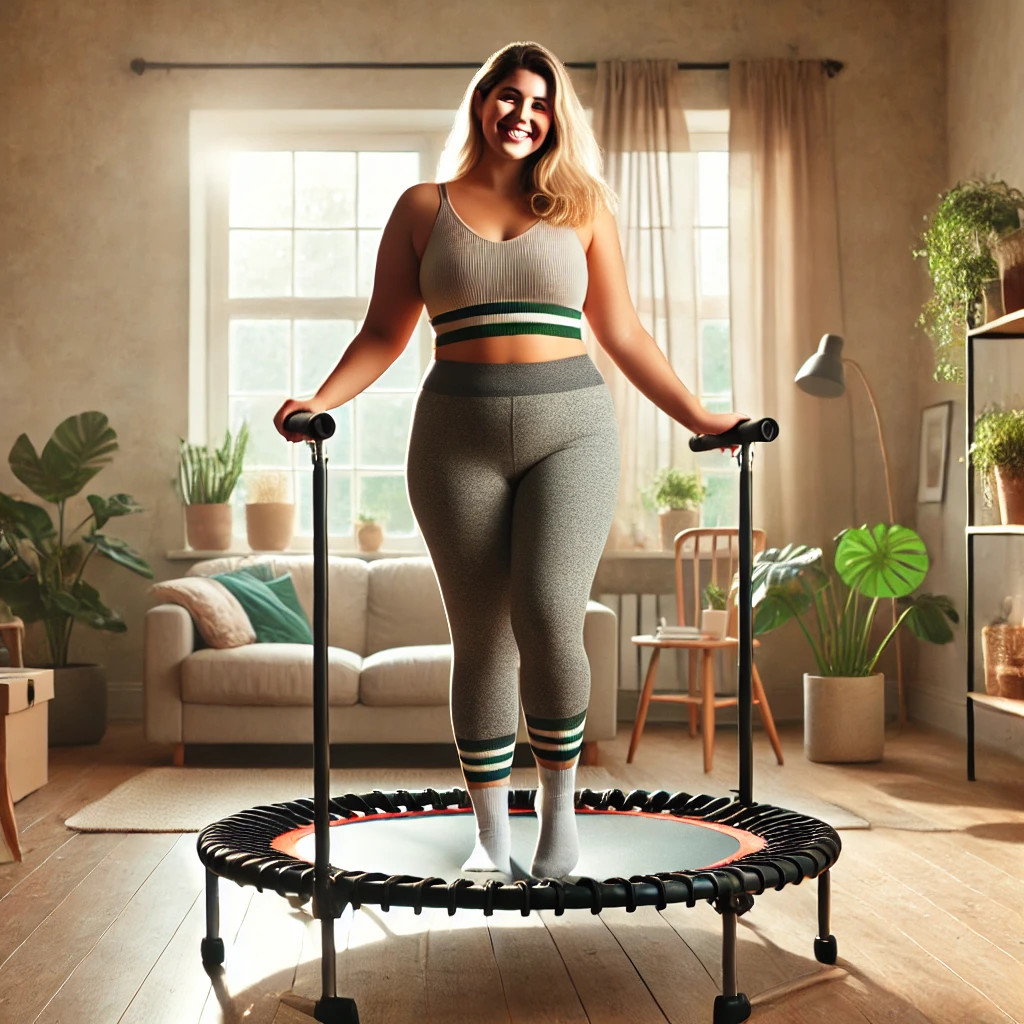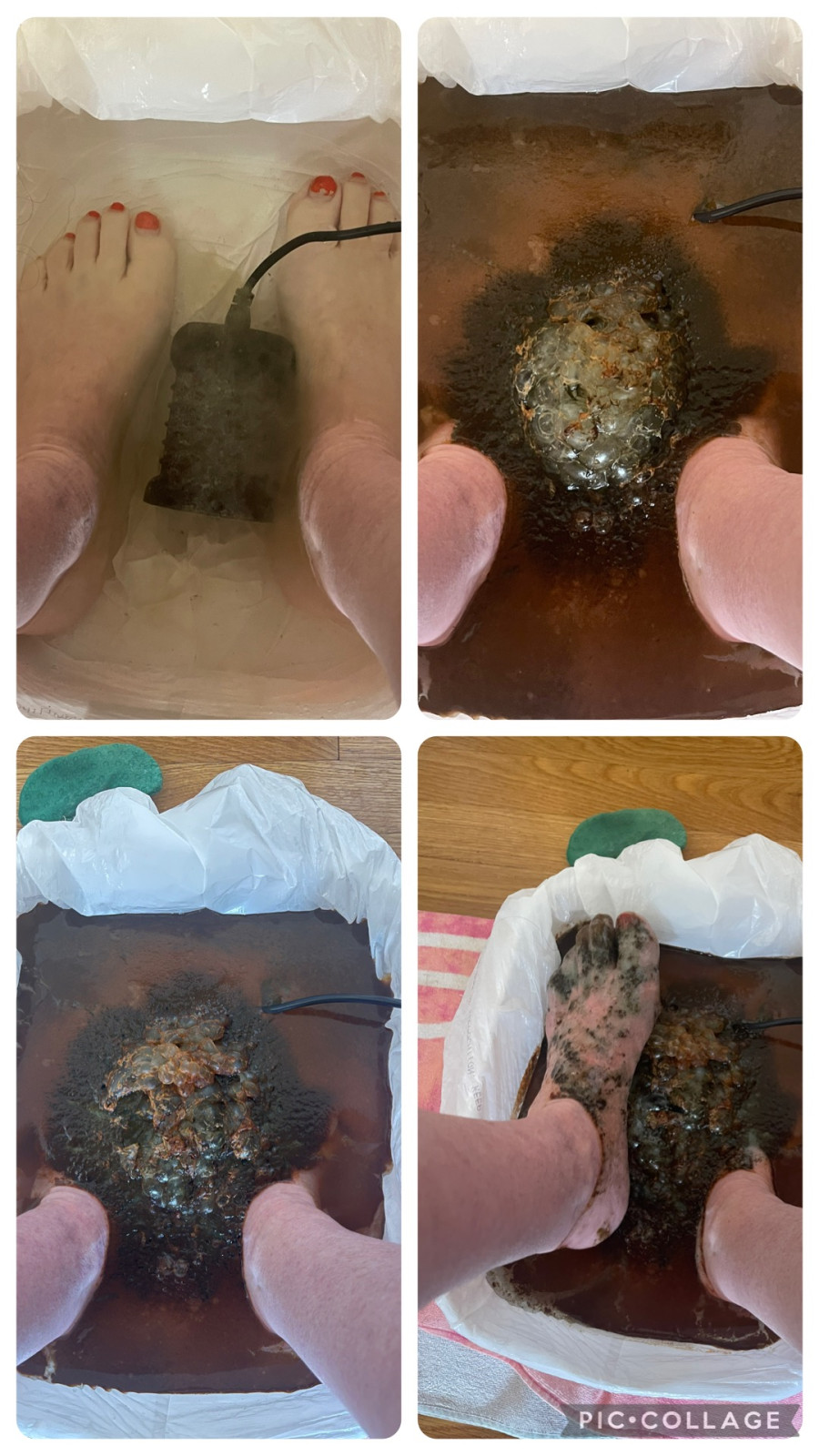
In recent years, there’s been a noticeable shift toward prioritizing health and wellness, especially in ways that support the immune system. One standout practice that’s gaining traction is rebounding—exercise on a mini-trampoline. For those of you who’ve been part of my community, you know how much I love this tool for getting the body “moving and grooving.” If you’ve tried it, you already know how fun it is, but the benefits go far beyond the joy of jumping. Anchored in science, rebounding is a holistic wellness practice with incredible health perks.
Let’s explore why rebounding deserves a spot in your wellness routine, its fascinating history, and the top 10 benefits backed by research.
The History of Rebounding
The mini-trampoline has been around since the late 1930s, but it wasn’t until the 1980s that NASA popularized it through groundbreaking research. Astronauts returning from space often experienced bone density and muscle loss due to the lack of gravity. NASA discovered that rebounding provided a unique, low-impact workout that helped astronauts recover faster.
This research revealed that jumping on a rebounder increases G-Force (gravitational load) and stimulates the lymphatic system, helping the body detox and strengthen the immune system. These cellular-level benefits set rebounding apart from other exercises.
The Top 10 Benefits of Rebounding
Here are the most scientifically-backed reasons to give rebounding a try:
1. Rebalances the Nervous System
Rebounding helps shift the body out of “fight or flight” mode, reducing stress—a major factor in immune suppression. This nervous system reset is crucial in today’s high-stress world.
2. Improves Bone Density
NASA’s research found that rebounding strengthens bones, promoting bone formation and reducing bone loss. It’s especially beneficial as we age and can even be done safely into your 90s.
3. Regulates Hormones
By positively impacting the endocrine system, rebounding helps flush out unneeded hormones, improving sleep, mood, and even reducing bloating.
4. Flushes the Lymphatic System
The gentle up-and-down motion stimulates lymphatic flow, aiding in detoxification and boosting the immune system by removing toxins and waste products.
5. Strengthens the Pelvic Floor
Rebounding engages the deep core muscles, including those in the pelvic floor. It’s a low-impact way to support pelvic health, though it’s always best to consult a doctor if you have specific concerns.
6. Enhances Balance and Coordination
The dynamic movements improve your brain-body connection, enhancing balance and motor skills—skills that often diminish as we age.
7. Builds Endurance
Rebounding increases stamina and supports recovery by giving your cells a gentle massage, helping them regenerate more efficiently.
8. Tones the Core and More
This exercise strengthens the core, legs, glutes, and inner thighs, all while improving tissue regeneration thanks to the G-Force created during jumps.
9. Improves Digestion and Food Absorption
Bouncing massages internal organs, aiding in digestion, elimination, and nutrient absorption. It even helps release tension in the fascia that surrounds the organs.
10. Increases Lung Capacity
By engaging the diaphragm, rebounding improves oxygen intake and carbon dioxide release, enhancing overall respiratory health.
Bonus Benefit: Better Sleep
Rebounding promotes recovery processes that occur during sleep, helping you rest more deeply and wake up feeling refreshed.
Rebounding vs. Traditional Exercise
Rebounding isn’t just effective—it’s efficient. A 2016 study found that it’s twice as effective as running for improving aerobic fitness, 50% better for fat burning, and superior for increasing oxygen consumption. Plus, it burns more calories per minute compared to running, swimming, or walking.
Ready to Jump In?
Whether you’re looking to boost your immune system, improve your fitness, or simply have fun, rebounding is a fantastic option. It’s suitable for all ages and fitness levels, and the benefits are far-reaching. So, grab a mini-trampoline and start bouncing your way to better health today!
Have you tried rebounding?
Let me know your favorite benefits or questions in the comments below!
PS A side note!
Using essential oils like Young Living's Peppermint can truly enhance your rebounder workout experience. Before you start bouncing, apply a drop of Peppermint oil to your palms, rub them together, and take a few deep breaths. This invigorating scent can help open up your airways, giving you a refreshing boost of energy and focus as you start your session.
After your workout, consider using Young Living's PanAway blend. Apply it to any areas that might feel sore or tense to support muscle recovery and relaxation. This post-exercise ritual can help keep you feeling your best and ready for your next session. Enjoy the incredible benefits these oils bring to your fitness routine!










